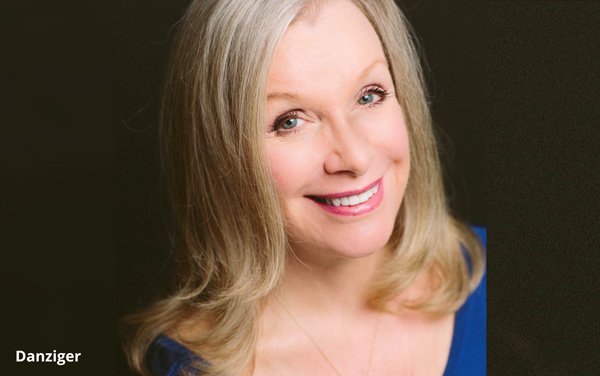
Despite the epidemic of omnichannel initiatives,
it’s been a bleak few months for retailers. While the millions that mainstream retailers have poured into e-commerce are being rewarded with double-digit gains, they’re still miles behind
Amazon. And instead of looking like a bell curve, where chains like Macy’s and JC Penney once dominated, retail now looks more like a barbell, says Pam Danziger, founder of Unity Marketing and
author of Shops that POP! 7 Steps to Extraordinary Retail Success. At one end, Amazon and pure-play e-commerce sites dominate. At the other, small, high-touch brands are winning. It’s the
unhappy brands in the middle that are getting flattened. She tells Marketing Daily more about who’s succeeding and why.
Q. Can you say more about this barbell
effect?
advertisement
advertisement
A. Investors have used this phrase for years, and Jim Blasingame, the small business advocate, has applied the concept to retail. The middle is where
once-great brands go to die, as faster, more innovative and more relevant brands take over the prime ends. You can see it in the hundreds of store closings that have been announced in recent months:
JC Penney, Staples, Macy’s, Sears, and HHGregg, for example, as well as plenty of mall-based chains like the Limited, American Apparel, BCBG, and Abercrombie & Fitch. They’ve lost
relevance.
Q. So we know that one end of the barbell is Amazon—retailers are pretty sick of hearing about its success. What stores are on the other?
A. Those that are digging into analog more than digital. That means they understand that the product isn’t important anymore. It doesn’t matter at all. Consumers
can—and do—find anything they want online. What does matter is how they sell it.
Q. And you see that as a big advantage over the fully digital approach?
A. It’s not just me. The e-tailers see it too, and recognize where they are vulnerable. That’s why Amazon is opening bookstores and physical grocery stores. Warby
Parker is opening stores. So is Blue Nile.
Q. And these are small stores.
A. Yes. Small is the next big story. And it’s what can save
department stores, which—after all—are in the business of creating departments. Sephora is very successful inside JC Penney, even when there are full-size Sephora stores in the same mall.
I don't see department stores falling off the map. They’ll create shops-within-shops that capitalize on this trend.
Q. Is there a special twist on this for luxury
department stores? Neiman Marcus is struggling, for example, and looking for a buyer.
A. I think that’s a little different. People keep thinking, “The
recession was almost 10 years ago, we’re past all that.” But the core shopper of these stores is 10 years older now, and far less interested in luxury goods. They’re investing in
experiences or saving more. And the younger luxury shoppers just don’t have the money of previous generations. The best and the brightest are weighed down by debt. And even when they do have
money, they don't see luxury brands the same way.
Q. How so?
A. Luxury brands still think they should be aspirational, but younger affluents
don’t aspire to own a certain brand. They can find anything they want on the Internet, often cheaper and better made. They are explorers. They want cool brands, and know how to find them.
Luxury for the sake of luxury doesn’t make sense to them.
Q. So when they want something fast, people buy online. What helps build relevance when they are actually in your
store?
A. A connection, a human touch. And that’s hard to program. It’s a people business, so how you treat customers—make them feel special, different
and welcome—matters. The stores that are doing the best are small specialty retailers that know their customers.
Q. What else makes retailers more relevant to today’s
shopper?
A. The craving for authenticity is real. So that includes successful brands that are genuine and authentic, like the goat products from Beekman 1802, which
is partnering with Bloomingdale’s and Target. It’s even true of those that just seem small and local, like Goose Island, which is part of Anheuser Busch. Another example is the way West
Elm has been partnering with Etsy. And I do think some of that comes from our new President, and the idea of buying American to “make America great.”